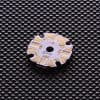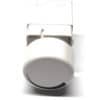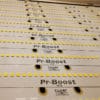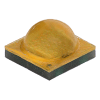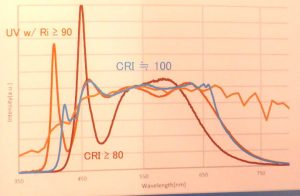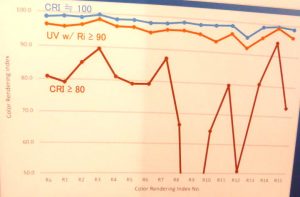Led Technology
Nichia Optisolis
Nichia leds approach CRI=100 without UV die
Nichia announced its Optisolis LED line with the components now available in 3030 midpower and COB versions, delivering CRI well above 90. Nichia unlike Seoul Semiconductor who are trying to match SPD to the sun, are attempting to match the Optisolis SPD to that of the standard illuminant that is the basis of CRI and other metrics. Fig. 3 depicts the Optisolis SPD relative to the standard illuminant; you can see that Nichia minimised the blue peak and also the dip in energy that often occurs just after the blue peak in phosphor-converted white LEDs.
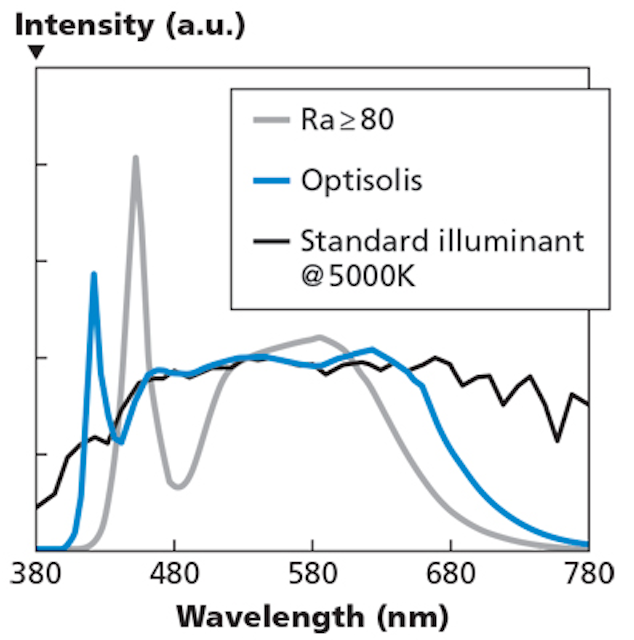
So what are the real benefits of Optisolis. Nichia is claiming almost a CRI of ~100 without resorting to a UV die.
“Since UV emission is essentially non-existent in the spectrum, the degradation of irradiated materials can be reduced dramatically compared to that of other light sources containing UV emission, including other available LEDs.,” according to Nicha. “Target applications include museum and art gallery lighting, where the highest CRI is preferred, but UV radiation and light sources can be detrimental. Additional applications could include colour evaluation for painting or printing.”
Nichia which was a phosphor maker before it invented GaN blue LEDs, has combined a 420nm die with five phosphors: Apatite blue, silicate-based, LuAG, SCASN and an improved MGF.
What this Apatite appears a proprietory materail , but last year Nichia got a mention in a Chinese-Russian a paper called Ca6La4(SiO4)2(PO4)4O2:Eu2+: a novel apatite green-emitting phosphor for near-ultraviolet excited w-LEDs in the Royal Society of Chemistry journal which absorbs between 200 and 450nm (UV or blue) and emits a spectrum centred at 500nm.
Colour rendering for the Nichia led is at least 90 for all CRI colour samples from R1 to R15 – take a look at the charts from a Nichia presentation
It achieves 63 lm/W at ~100CRI with this recipe, which it compares to 54 lm/W for a UV die-based four phosphor led (405nm, Apatite, silicate-based, LuAG and SCASN) which also achieves at least 90CRI for R1-R15.
For reference, is it claiming 100 lm/W for a conventional CRI=80 led using a blue die and two phosphors: YAG and SCASN.
“A led with high R12 value enables reproduction of blueish colours,” said Nichia. “The advantages of our technology is: no UV radiation, ~10% high efficacy compared with UV0based technology, and a spectrum close to the Standard Illuminant.”
Nichia commented “The mainstream indoors is CRI 80. In five years it will be 90, and in 10 years, it will be 95 or 100.”
To the list of high-CRI applications Nichia also added horticulture, where distorted spectra rich in red and blue, and with little green, have been promoted.








